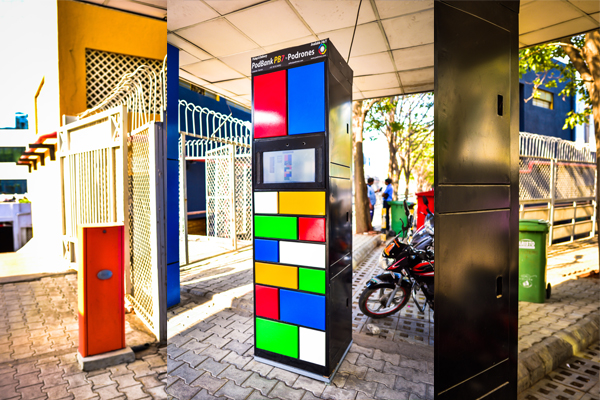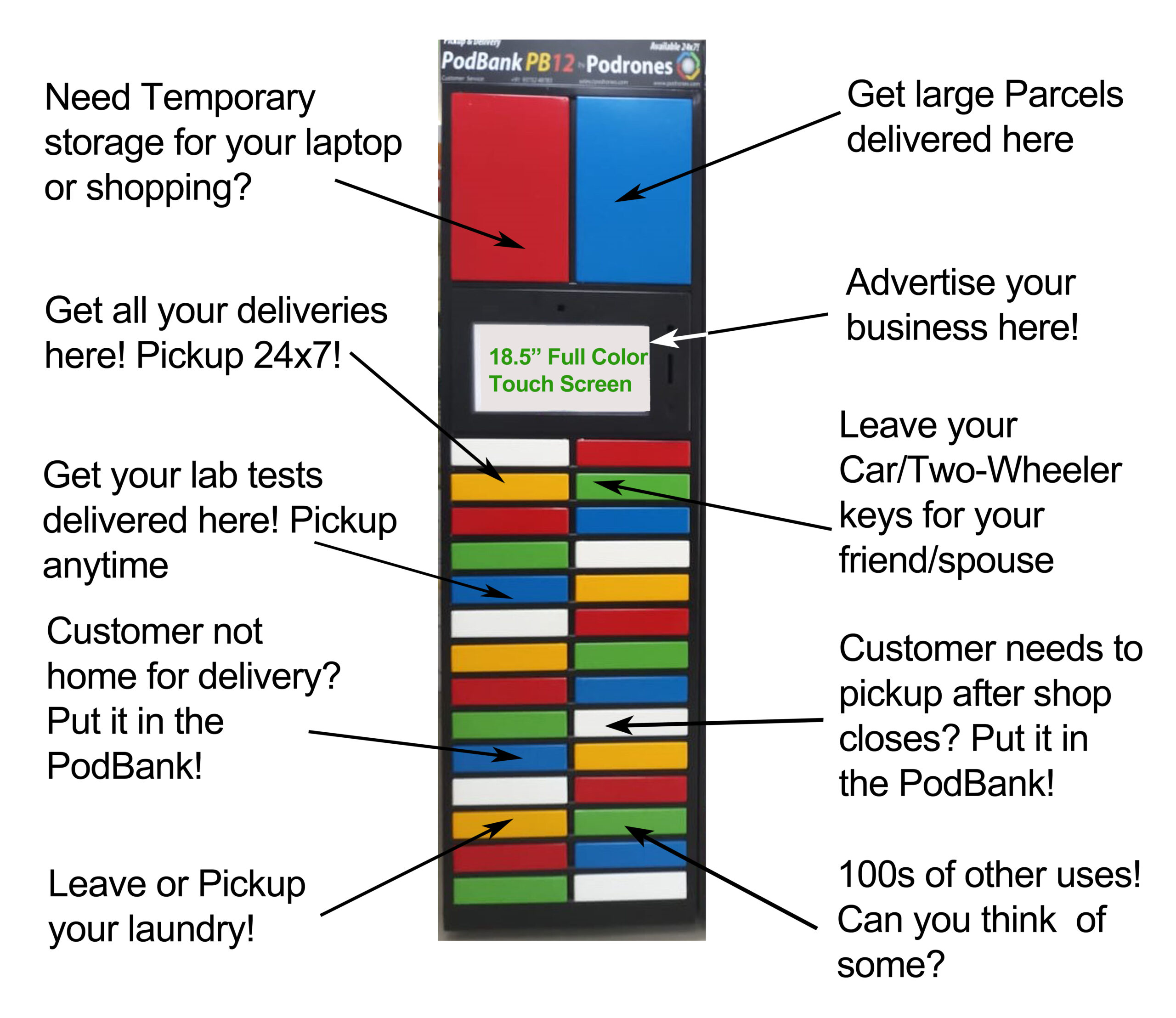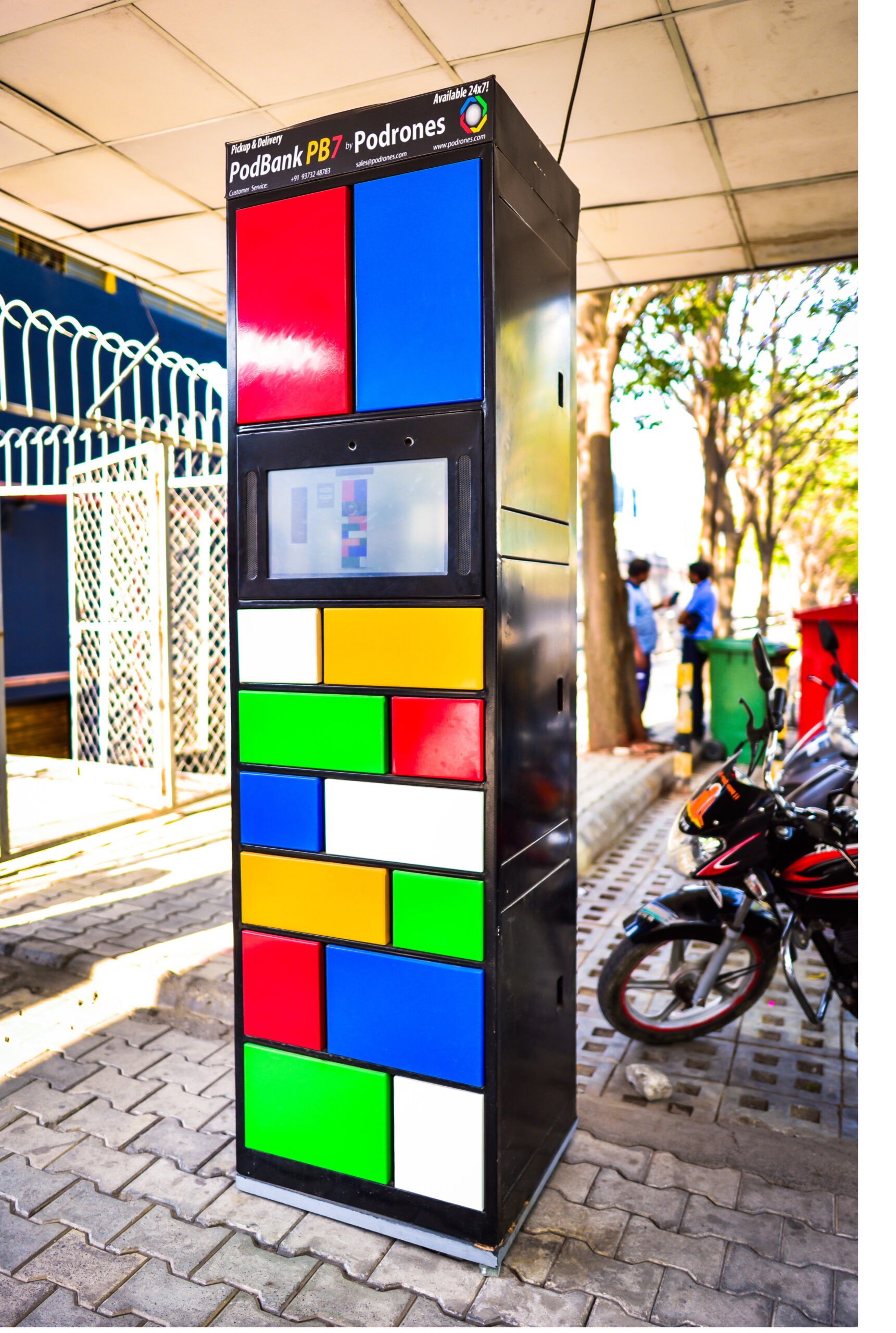The logistics industry involves many players, but even in the straightforward process of parcel delivery, there are at least four key participants. The process starts with the Merchant, who ships an order to the Customer. The third player, often overlooked, is the Facility Management team at the Customer’s building or complex, whether residential or commercial. And, at the heart of the ecosystem is the Logistics Company, commonly known as a 3PL (3rd Party Logistics) Company. Logistics players can be divided into several sub-players, including Freight Forwarders, Bulk Cargo handlers, Transporters, and Last-Mile delivery companies. There are even more stakeholders in this process, but for now, we’ll leave those for others to explore.
We’ll talk briefly about all four players below.
“Keeping up with the growing volume of e-commerce will require delivery companies to disrupt their long-standing business model”.
~PWC – Strategy+Business
Logistics Companies
Logistics Companies are struggling to control costs. The biggest costs in the entire supply chain are the last-mile costs – that is, delivery from a local warehouse to your doorstep. Up to 55% of the cost of delivering a parcel from a merchant to a consumer can be attributed to the last-mile delivery process.
Explosive eCommerce and Local Commerce growth is making this problem even worse – creating delivery bottlenecks, extreme traffic, and unmanageable volumes.
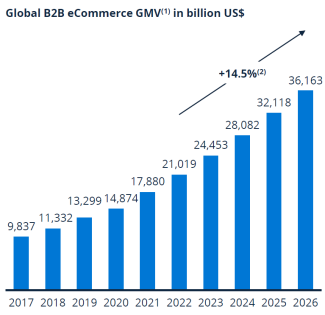
Compounding this is the fact that 17% of all deliveries fail on the first attempt. There are many reasons for this – poor/incomplete addressing, recipient not home, and so on.
Finally, costs per parcel have increased because the value of the parcels has decreased – what is known in the eCommerce industry as Average Order Value (AOV).
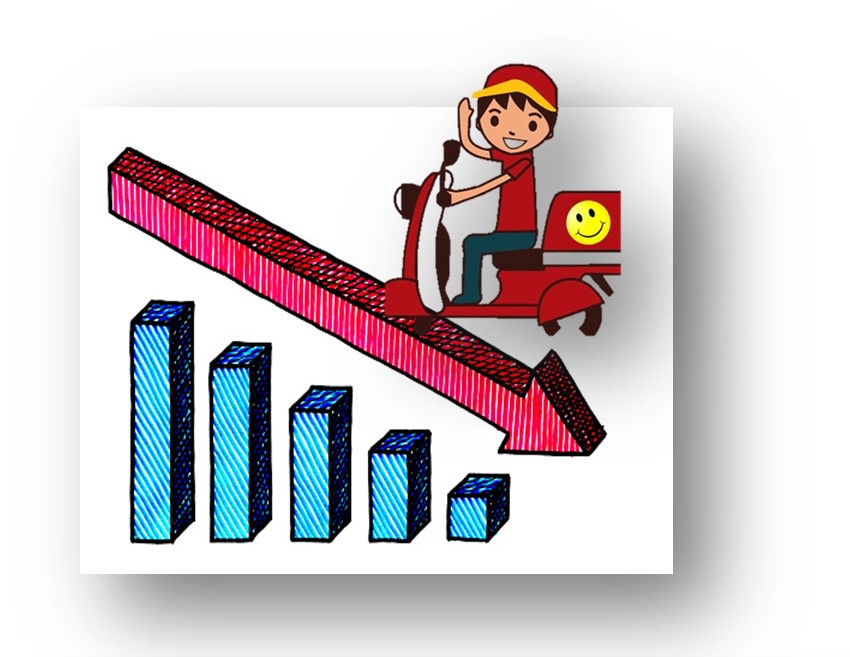
The value of each shipment is important because shipping costs should ideally be a small percentage of the cost of the goods being shipped. Who wants to pay ₹60 for shipping an item that costs ₹50 or even ₹150? Thus what is known in the eCommerce industry as Average Order Value (AOV) is important for merchants. As eCommerce becomes the goto mode for most individuals, and many purchases are impulsive, this is shrinking. Concomitantly, shipping costs per article are going up, especially in the last-mile.
“Current Last-Mile Models are not sustainable”.
~CapGemini Research
Consumers
For Consumers there are a different set of problems…
Deliveries often come at an inconvenient time. You may not be home or in your office when the delivery person arrives. And there may not be anyone else available to take your parcel. Even if someone is available, they may not want to hold it for you. Or you may not want them to hold it for you – for reasons of privacy or perhaps you don’t want the obligation.
Facility Managers
There is a third player in the last-mile of the Supply Chain as noted above. This set of actors go by various names and roles – Facility Management, Society Management, Building Managers and so on. What they have in common is that they are responsible for, among many other things, security and therefore the flow of Delivery Persons into and out of the Complex or Building.
There are probably almost as many strategies as there are types of Facility Management. Some simply do not allow deliveries into the complex, others require Gate Passes and in many Housing Societies (Residential Complexes) delivery people are simply waved in.
This creates security issues for obvious reasons. Delivery Persons are typically not subject to background checks, and if even one in several thousand causes a problem, it can impact the image and trust of the facility managers.
To monitor and manage the flood of Delivery People, requires more security personnel. At the gate to provide or check credentials, and within the complex or building to prevent damage or incidents.
Ø…existing options are unsatisfactory and unpopular
